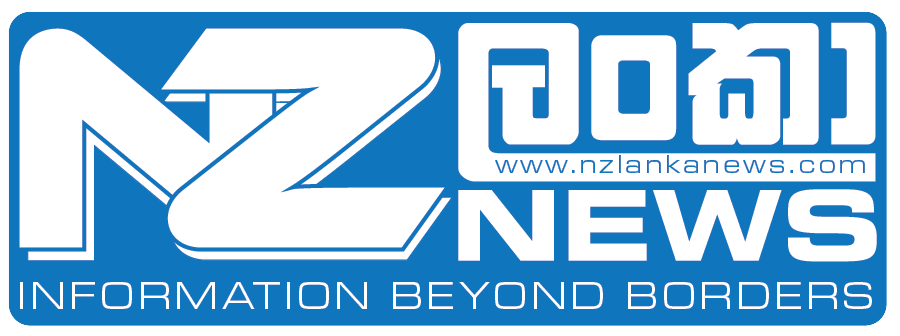:This year's Te Wiki o Te Reo Māori, or Māori Language Week, marks significant milestones in the promotion and preservation of the Māori language. It
:This year’s Te Wiki o Te Reo Māori, or Māori Language Week, marks significant milestones in the promotion and preservation of the Māori language. It has been 51 years since the Māori language petition was delivered to Parliament, and 48 years since Māori Language Day became Māori Language Week.
Notably, the number of people capable of speaking more than just a few words and phrases in te reo Māori has increased from 23% to 30% since 2018. Additionally, one in four Māori adults now speak te reo Māori as their first language, and over 220,000 students are learning the language in kura auraki (mainstream schools). Currently, there are 480 kōhanga reo (Māori language immersion early childhood centers) and 119 kura kaupapa Māori (Māori-medium schools) across New Zealand.
Māori Language Commissioner Rāwinia Higgins emphasized the importance of nurturing the language within families and passing it on to future generations. Despite the challenges, efforts to revive and sustain te reo Māori are making progress, especially among younger generations.
In response to the growing interest in te reo Māori, more initiatives are emerging to promote its use in daily life. For example, businesses like Kōmiri are selling homeware storage solutions labeled in te reo Māori to encourage language use. Additionally, schools, including English-medium ones like Murrays Bay Intermediate, are making te reo Māori a compulsory subject to help revitalize the language.
Efforts to revitalize te reo Māori demonstrate its resilience and vitality, particularly among younger New Zealanders, highlighting the potential for intergenerational language transmission within Māori communities.


